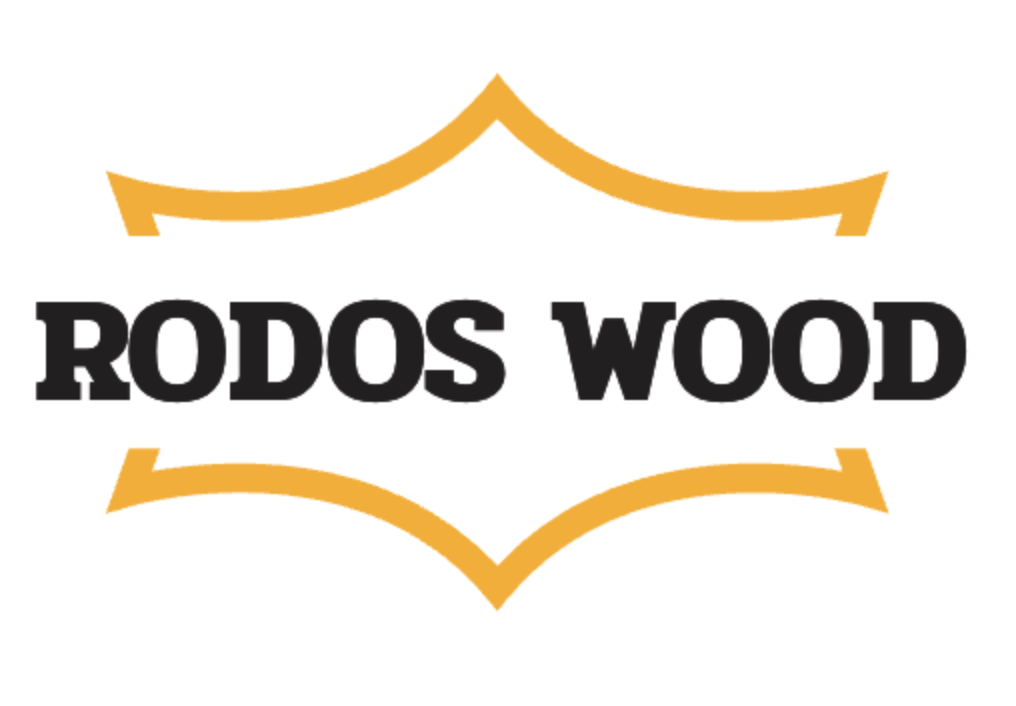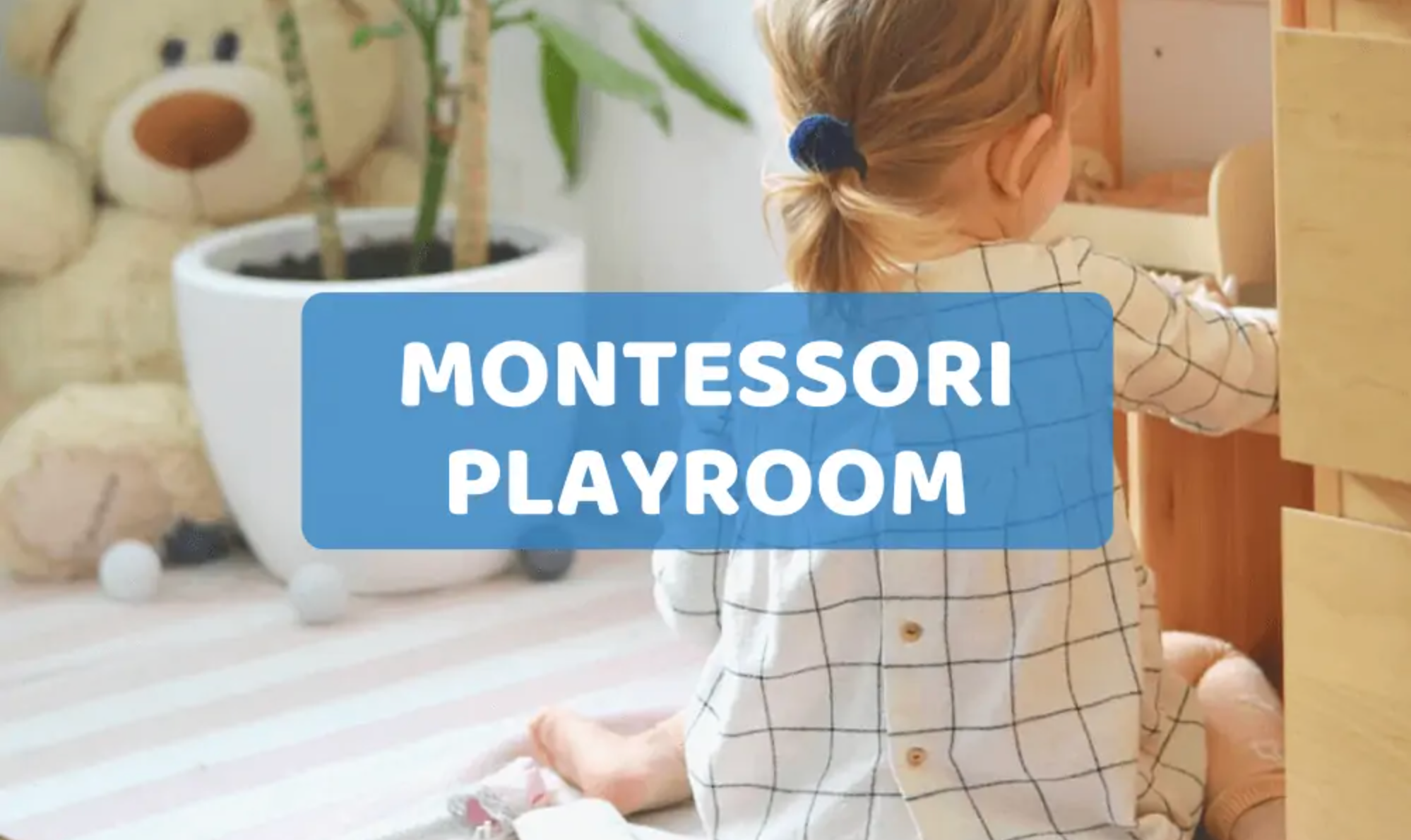Creating a Montessori playroom is about fostering an environment that emphasizes freedom of movement, independence, and the development of essential motor skills. Below are ten tips to help you design a harmonious play area for your child:
1. Create a “Yes” Space
Design your playroom as a “yes” space where children can explore freely without constant intervention. A minimalist environment with limited items helps children focus on their activities while promoting independence.
2. Use Natural Materials
Incorporate materials like wood, cotton, and wool to create a cozy atmosphere. Natural materials are not only visually pleasing but also calming and durable, making them a more sustainable choice than plastic.
3. Baby-Proof the Area
Ensure the entire space is safe for your child. Stable furniture, smooth surfaces, and a lack of sharp edges are crucial. Viewing the room from your child’s perspective can help identify potential hazards.
4. Put Everything at a Child’s Level
To promote independence, make sure all toys and materials are accessible to your child. Use simple, low shelving that allows them to choose and return items with ease.
5. Give Everything a Dedicated Place
Every toy should have a specific spot. This teaches children order and responsibility, encouraging them to return items after use and providing a sense of calm in the space.
6. Use Toys with a Purpose
Select toys that develop specific skills, such as hand-eye coordination or language. Purposeful toys engage children and help them learn effectively.
7. Offer a Limited Number of Toys
Adopt a “less is more” philosophy by limiting the number of toys available. This approach fosters imagination and longer attention spans, allowing children to engage in deeper play.
8. Include an Open Space
Designate an open area for free movement. Incorporate equipment like a Pikler Triangle or balance boards to facilitate physical development and gross motor skills.
9. Don’t Forget the Table
A child-sized table and chair set provides a space for crafts, meals, and other activities. This encourages children to sit independently and engage in focused tasks.
10. Promote Aesthetics and Art
Surround your child with beautiful, inspiring objects. This can include framed artwork at their height, potted plants, and displays of their creations, fostering an appreciation for beauty.
Conclusion
A well-designed Montessori playroom respects your child’s autonomy and curiosity. By following these tips, you can create an inviting, engaging space that nurtures exploration and learning. For further guidance, consider exploring essential Montessori furniture to enhance your home environment.
Reference: https://www.montessoriup.com/montessori-playroom/


Share:
The Montessori Comeback
Elevating Your Home with Montessori Principles: A Refined Approach to Childhood Development